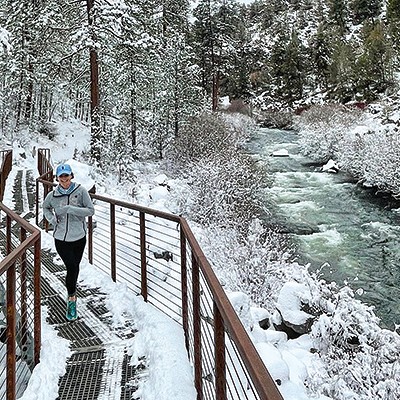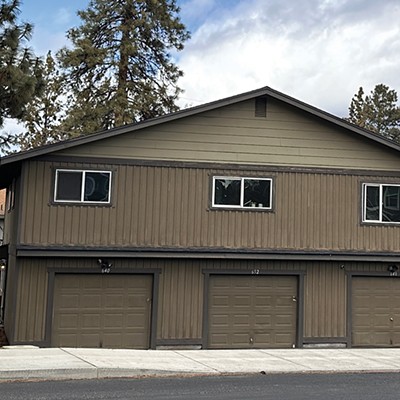A little more than a year ago, voters approved Measure 9-94, which ratcheted up the transient room tax (TRT) in the City of Bend from 9 to 10.4 percent. A portion of the funds generated from that additional tax on tourists was—and is—directed toward a cultural tourism fund for local cultural organizations to spend on marketing campaigns outside the region; namely, to attract more tourists from Eugene, Portland, and Seattle to cultural offering here in Bend.
On Monday, the Bend Cultural Tourism Commission recommended recipients for the first round of funding to Visit Bend, the organization charged with investing the funds.
Seventeen organizations—both nonprofit and for-profit—applied for the funds. (See News, page 7.) In total, a request of $680,710 was made for the existing $125,000 available. Ultimately, nine of the applicants were selected for funding, with BendFilm and Atelier 6000 topping the list. If Visit Bend approves the recommendations as anticipated, Bend Film will receive $26,000 to market its 12th annual film festival, and A6 will get $13,500 (roughly one-quarter of its annual budget) to present and market a photo exhibit by Edward Curtis. Grants ranged from $26,000 for BendFilm to $9,000 for World Muse to produce and market its fourth annual conference.
Said most directly: The cultural tourism fund is what can be termed an unconditional success story of taxation and spending.
While there are simmering debates about how much more Bend wants to encourage tourism, there are so many economic and cultural benefits that the increased TRT is bolstering that let's not complain about the fly in the chardonnay right now. Let's just toast to a clever idea that is being executed smoothly.
For starters, the TRT is sustainable funding. It generates its funds from current tourism revenue and, in turn, invests that money into marketing Bend's cultural offerings for the off-seasons. This type of funding mechanism is the opposite of biting the hand that feeds Bend (shaking the hand that feeds us?). Bottom line: This does not tax current residents, but does provide locals with increased economic opportunities and strengthens cultural organizations. (Also, although lost in the shuffle a bit, the TRT also channels funds, about $1 for every $2 for the tourism fund, to support local police and fire services.)
Sure, there are imperfections and some have questioned whether for-profit organizations should qualify for the funds (Les Schwab Amphitheater received $15,750 to promote concerts outside the area). But overall, the process was smooth, and the benefits from the cultural tourism fund should be much grander than the $125,000 granted on Monday by the Bend Cultural Tourism Commission.
From a basic economic analysis, there is a major ripple effect here: In the news cycle on Monday and Tuesday after the grantees were announced, the funding received healthy news coverage throughout the state. Oregon Public Broadcasting correspondent April Baer was dispatched from Portland to cover the story, and interviewed Bend Film Executive Director Todd Looby for a story that ran repeated times over the next 24 hours. Averaging nearly 400,000 listeners weekly, and a heavy concentration of those in the Portland area, this is remarkable earned media, worth almost as much as the $26,000 granted to BendFilm to market its festival outside the Bend region—and, let's face it, NPR listeners are the bull's eye demographic for a documentary and artsy film festival. That type of earned media is worth its weight in gold, so to speak.
More robustly, an increase in tourists visiting Bend translates into increased revenue, and revenue from outside the region. A general rule of thumb is that each tourist spends about $200 on food, lodging, and tickets every day he or she is in the region—which means increased revenue for area hotels (and Airbnb rentals), restaurants, and breweries.
For example, the Tower Theatre received $11,000 to host an a capella festival in late February. Roughly calculated, if that marketing campaign brings just 20 people from outside the region, they will generate that same amount back for local hotels and restaurants over the three-day event. That's smart spending.



























